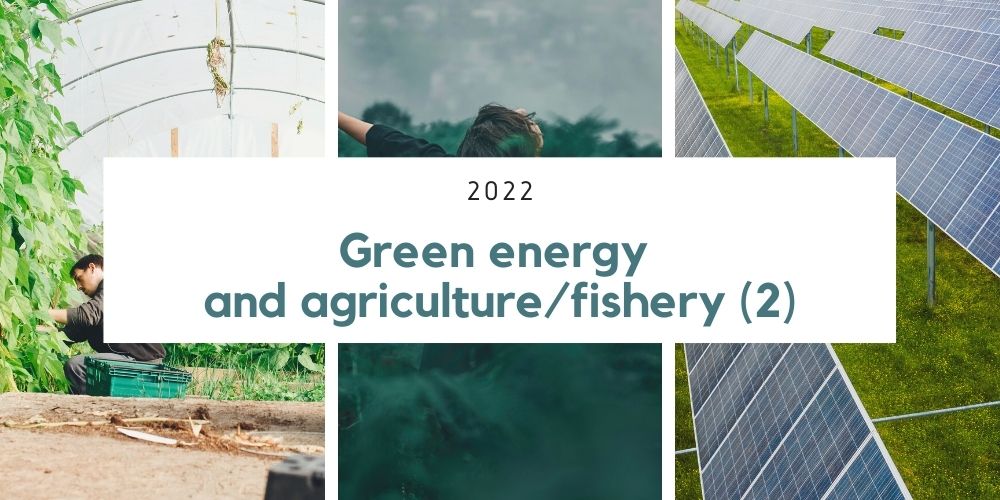- Home
- Blog
- Waterproof membrane
- Green energy and agriculture and fishery (2)
Green energy and agriculture and fishery (2)

Energy-saving and carbon reduction are the basic goals that citizens of the earth must abide by today, not only for the environment in which we grow and live but also for future generations. After all, there is only one earth. The green energy industry will definitely develop more vigorously in the future, and the symbiosis of agricultural power is a choice.
Solar Photovoltaic and Agriculture
Power generation target
There are many types of renewable energy. Under the development regulations formulated by the government, solar photovoltaic, wind power, and non-pumped storage hydropower facilities are designated green energy facilities. The government expects the power generation capacity of green energy installations to reach 20GW in 2025, and it is estimated that the land required for the plane will be as high as 25,500 hectares. However, Taiwan's land is narrow and densely populated, and there will inevitably be a situation where multiple uses of one area will occur.
Advantages
At present, the most common agricultural power symbiosis model is the construction of rooftop solar photovoltaics. The biggest advantage is of course the economical diversification of income. In addition to increasing the income from planting electricity, planting crops with low light tolerance can also obtain relatively high yields. If it is a photoelectric greenhouse planting model, it can also move towards the cultivation of non-toxic and organic agricultural products.
Concerns
The shading rate of the current government's solar photovoltaic panels is 40%, which is much higher than that of Japan and South Korea. The problem of shading rate may cause some farmers to have insufficient and uneven sunshine rates for their original crops, which will further affect the shading rate. Crop development rate and yield rate. Therefore, proper guidance on planting suitable crops and technologies is very important. In addition, solar photovoltaic panels often have concerns about polluting the land, but the current technology can achieve a state of non-toxic dissolution.
Conclusion
Although the symbiosis of agricultural power is a trend, the coordination and consensus between officials and the public are very important, and Xinfeng has also made some contributions in the agricultural power co-production industry in recent years. The OBC and TPO waterproof membranes produced by our company can be used in the design of inhibiting the growth of weeds, which not only saves the cost of manpower and material resources for weed removal but also is durable and non-toxic.
► 想看更多產品 More Product【Click me】
► 立即洽詢 Inquire now【Click me】
► 阿里巴巴 Alibaba【Click me】
